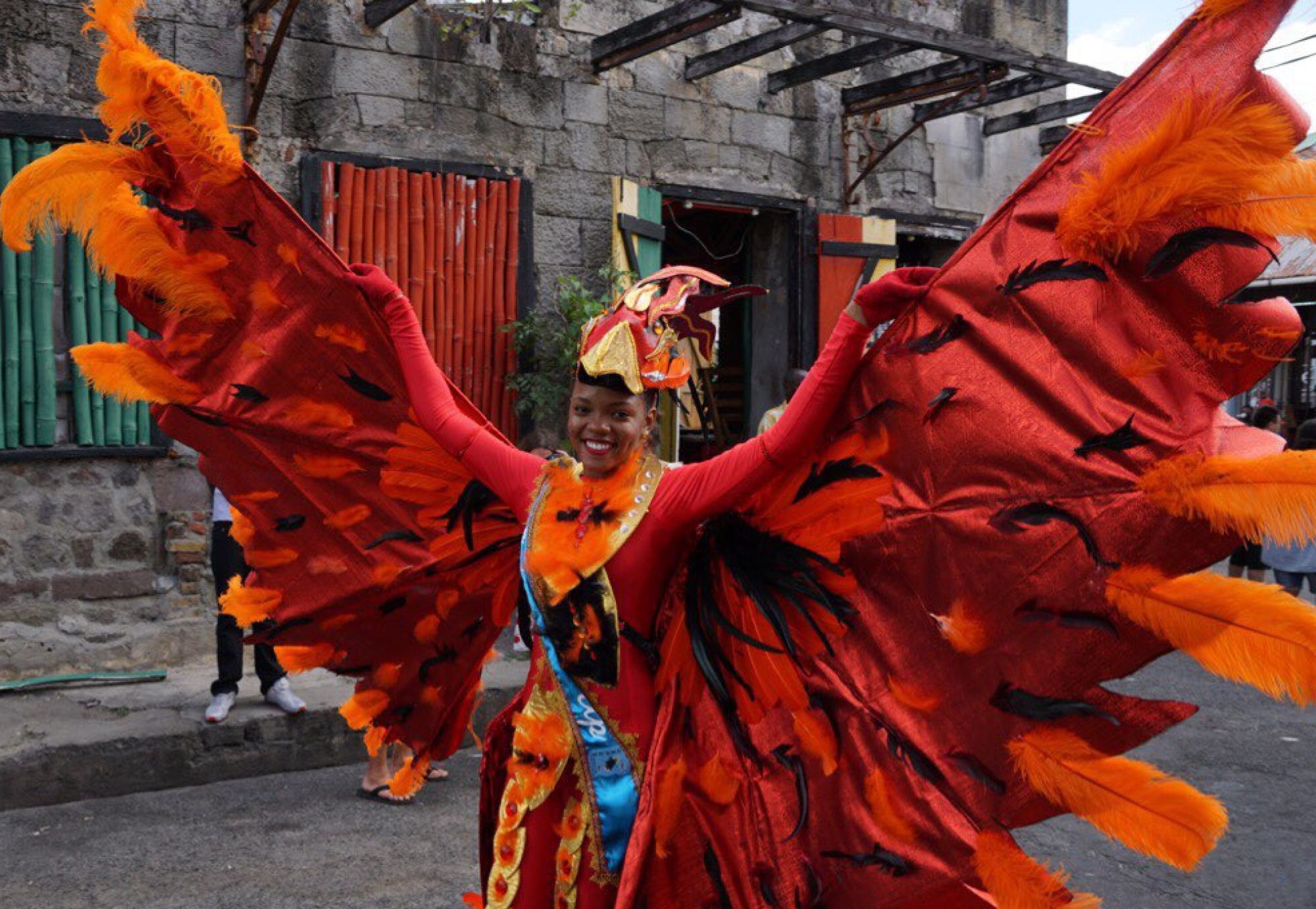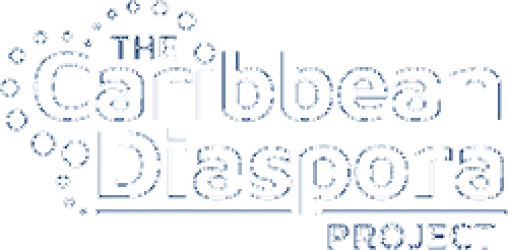Carnival experiences emerge from religious celebrations of Lent and Easter and the idea of balancing the acts of abandon and abstention with careless celebration. In that sense, Meisel (2016) argues that carnival provides an imaginary gap, a timeless moment of chaos that is expected to be controlled by the works of the political structure. In that sense, carnival is both, a liminal and normalized space of joy. In the Caribbean, particularly in Puerto Rico and the US Virgin Islands, local governments and political figures are normalizing forces as carnival celebrations need the support of public funding for the celebration of main events. However, this normalizing force is experimenting changes due to globalization forces that support tourism activities linked to cultural experiences.
In the US Virgin Islands the Carnival highlights centennial traditions of resilience that allowed Caribbean enslaved people to come together and forge community ties. St. Thomas, St. Croix and St. John provide settings for annual organized festival of events known as the St. Thomas Carnival, the Crucian Christmas Carnival and the St. John Festival.
Carnival tradition in St. Thomas began in 1912 during the final years of Danish occupation. It was rescued again in 1952 and festivities were celebrated again in both St. Thomas and St. Croix. In fact, a month long celebration, the Crucian Christmas Festival (or Crucian Christmas Carnival) dates back to at least the early 1800s when enslaved Africans were allowed time off to celebrate Christmas. Political figures participated in the most celebratory events showcasing the recent addition of the islands to the United States. At the present time, political figures are present by means of celebratory salutes included in the booklets that provide information to the locals and visitors who enjoy the festivities.
Meanwhile, the first official St. John Festival dates to 1945 with only one day events. At the present time celebrations on St. John commemorate two important holidays: Emancipation Day (a local holiday celebrating the abolition of slavery) and the 4th of July (U.S. Independence Day).
In Puerto Rico, carnival celebrations were formalized in the mid-nineteenth century due to ties to Spain colonial and religious festivities. One of the most known are the Carnaval Juan Ponce de León and Carnaval de Ponce. Around 1930 the Carnaval Juan Ponce de León provided for a more structured experience for high social class groups with an important participation of political figures such as Blanton Winship, Military Governor of Puerto Rico (1934-1939), and in the 50’s to the 80’s the significant participation of local political leaders such as San Juan Mayors Felissa Rincón de Gautier (1963), Carlos Romero Barceló (1969-1977) and Héctor Acevedo (1989-1997). By the mid 90’s the Juan Ponce de León Carnival got replaced by a more popular celebration known as Fiestas de la Calle San Sebastián, where political leaders no longer held significant roles in the festivities.
This pilot micro-project (a timeline gallery that explores the politics of carnival by documenting the role of political leaders) was created by Mirerza González-Vélez, co-principal investigator of the Diaspora Project. Mirerza holds a Ph.D. in Mass Communication and Journalism from the University of Iowa and an M.A. in Communication and a B.A. in Journalism from the University of Puerto Rico. Her research focuses on the roles that culture and communication play in the articulation of imagined identities. Her most recent scholarship addresses migration as a fluid experience. Her research has appeared in a variety of academic publications, including The Journal of Communication Inquiry, Political Communication and Sargasso. With Dr. Nadjah Ríos, González co-directed The Diaspora Project, a web-based platform that showcased related scholarship on bilingual education and communication competence in the nearby island of St. Croix, USVI. The project received the financial support of institutional and external grants and is described at: http://umbral.uprrp.edu/investigacion/proyecto-diaspora.


